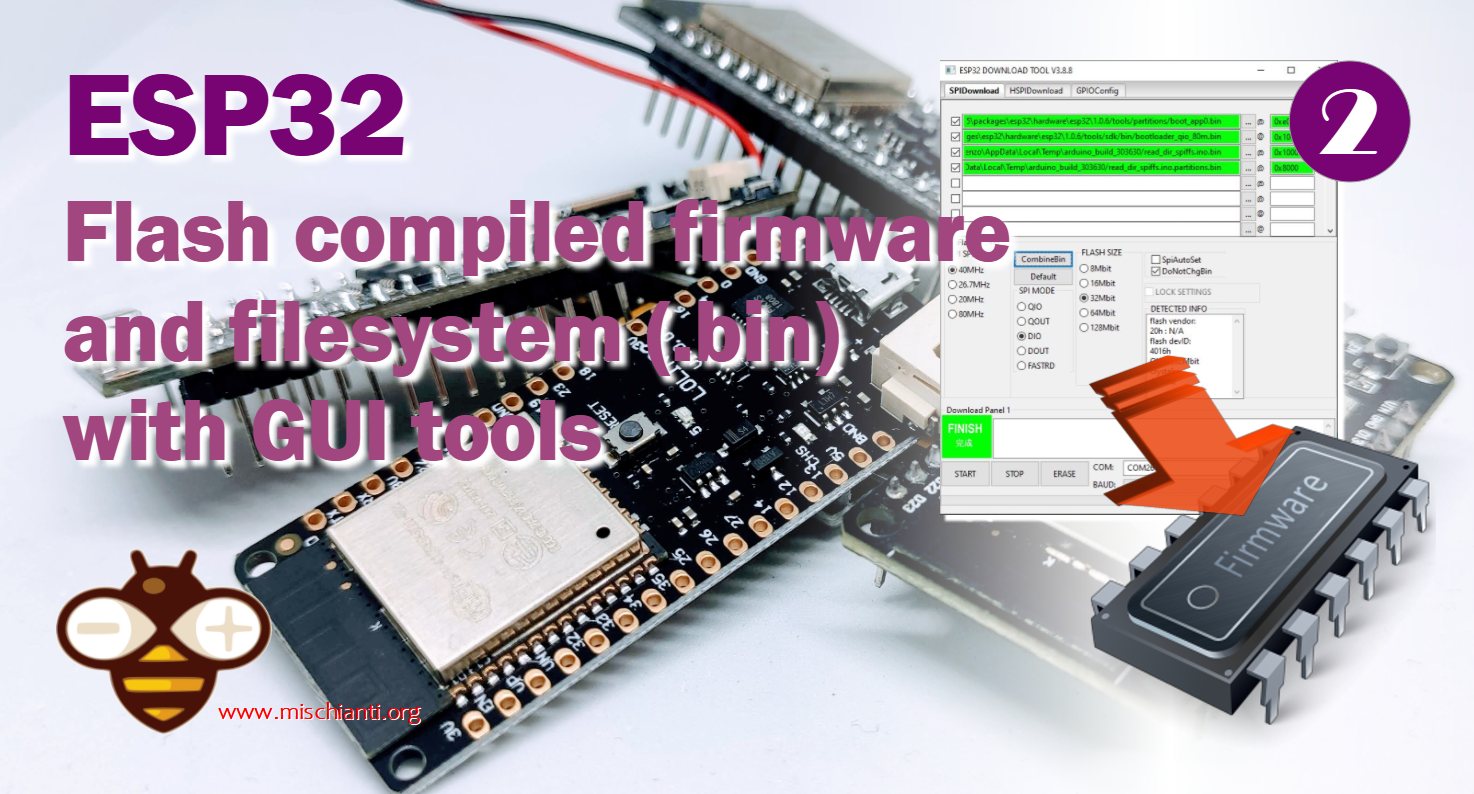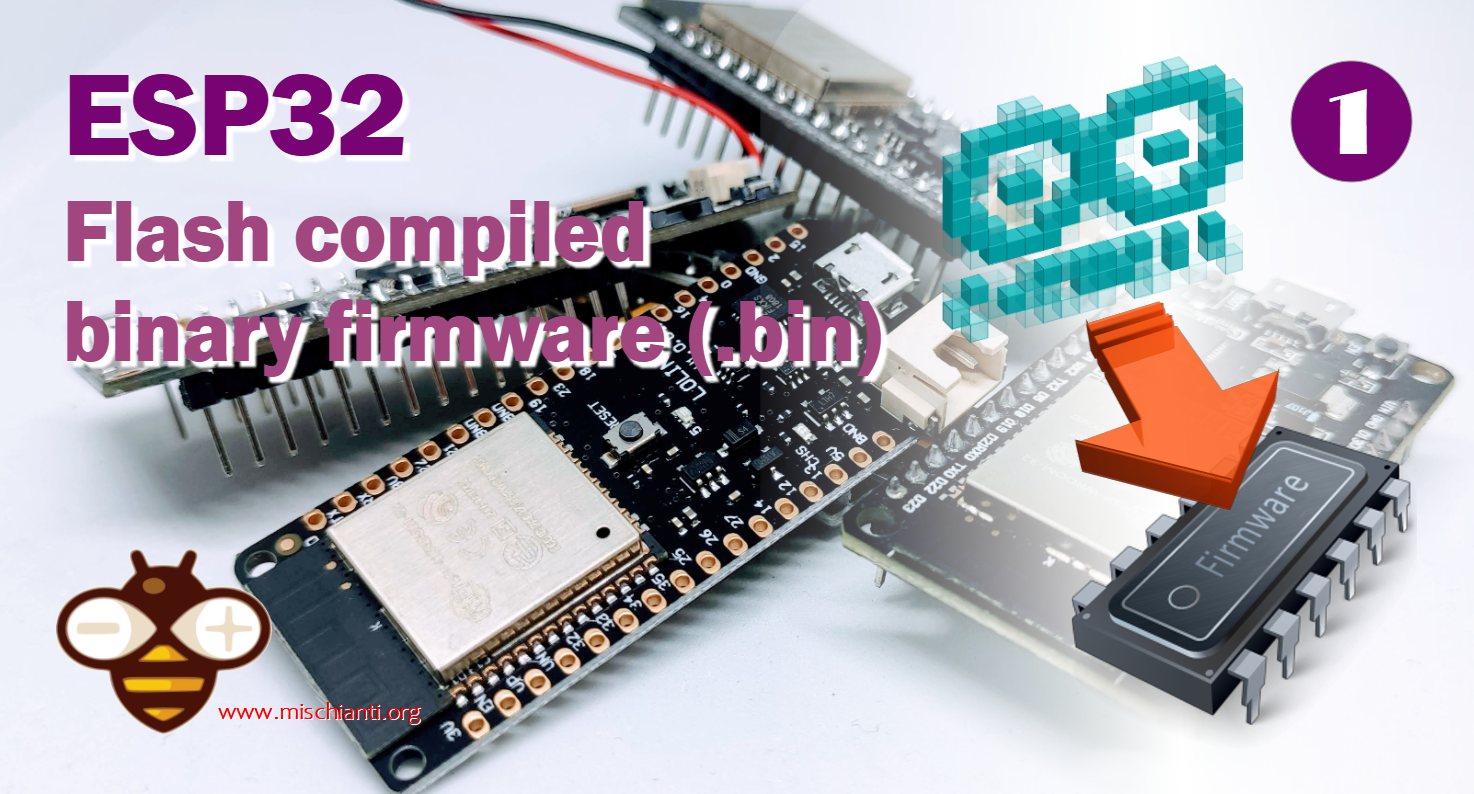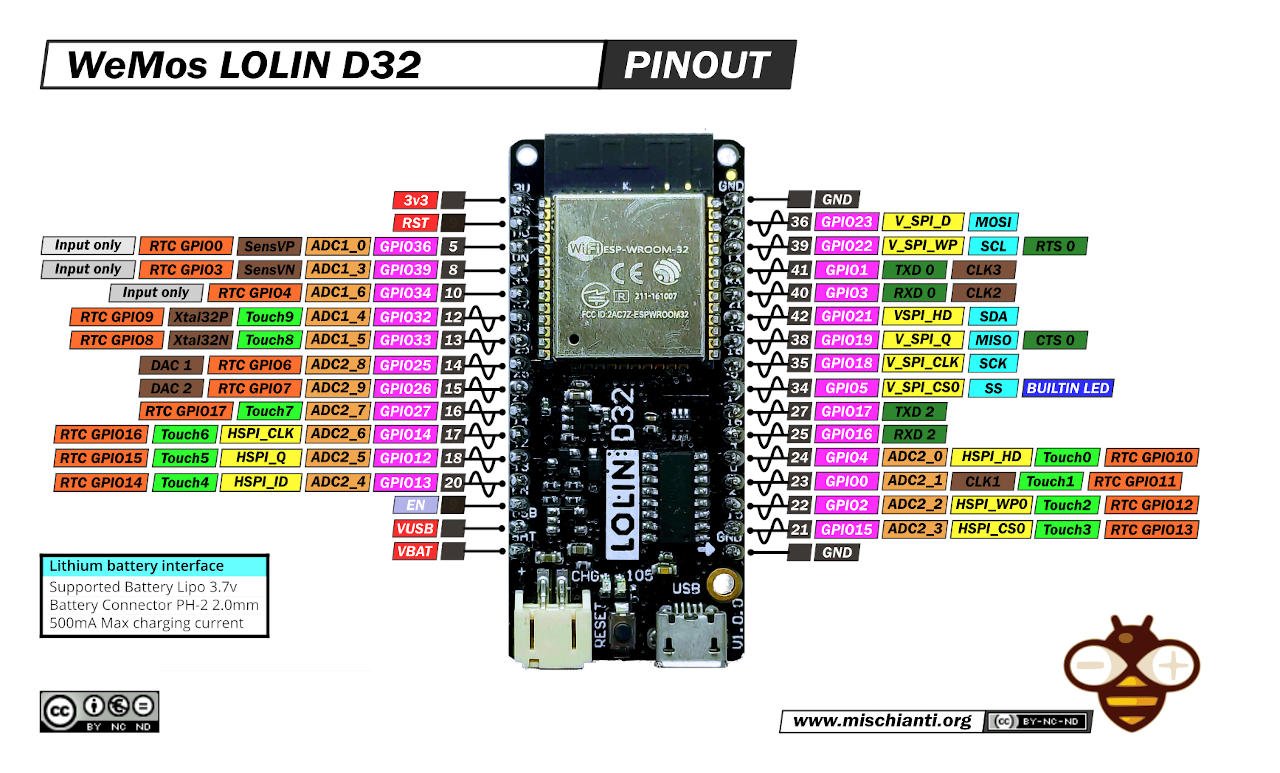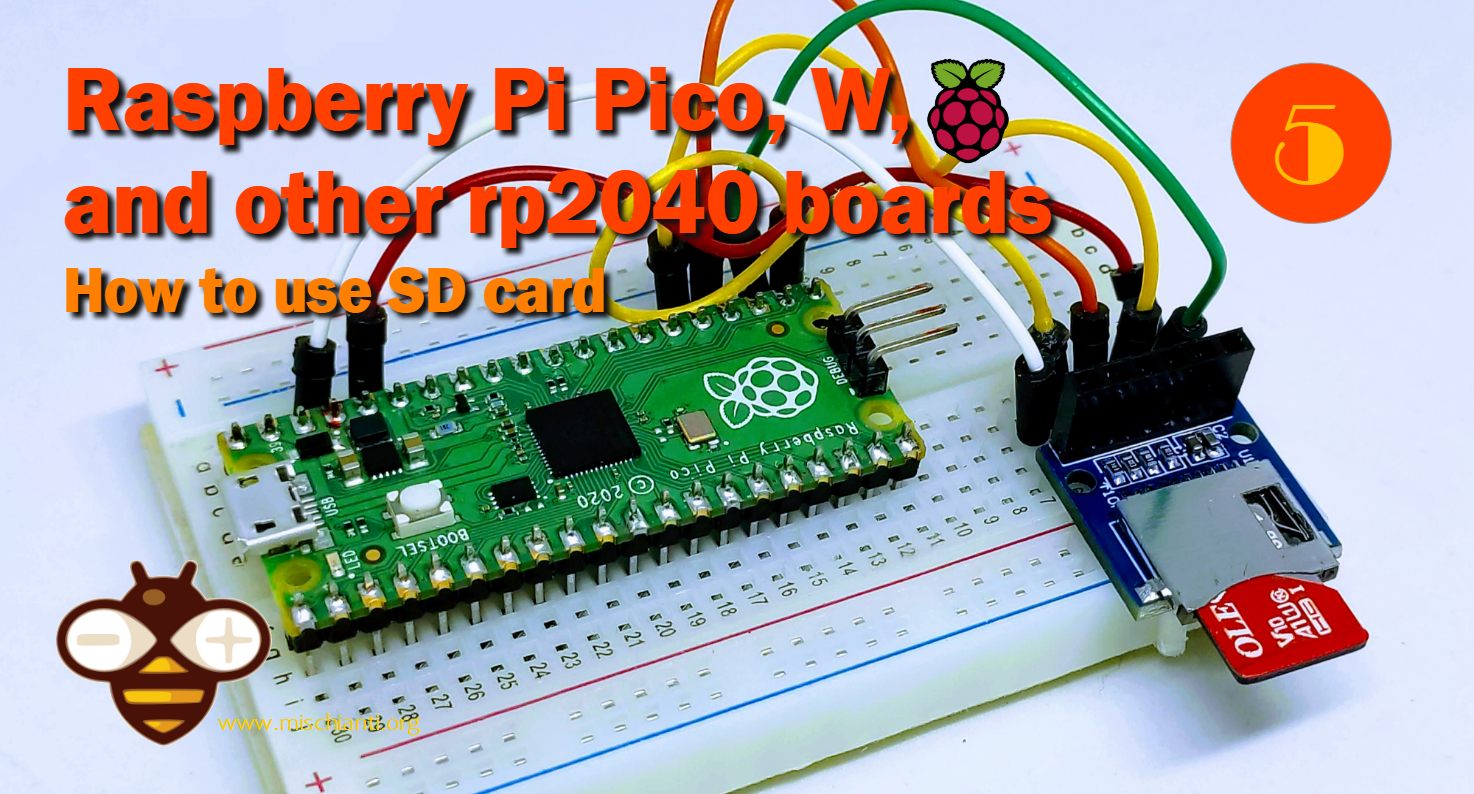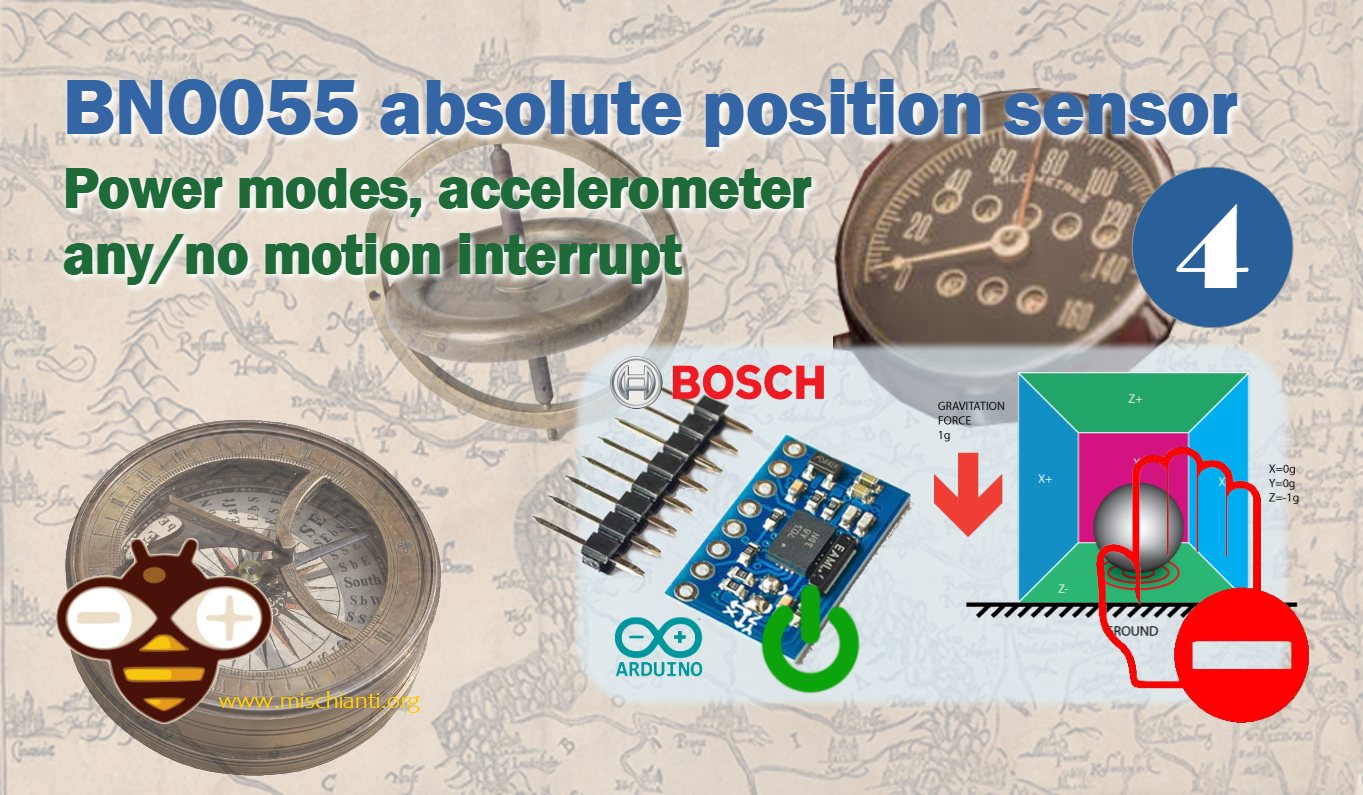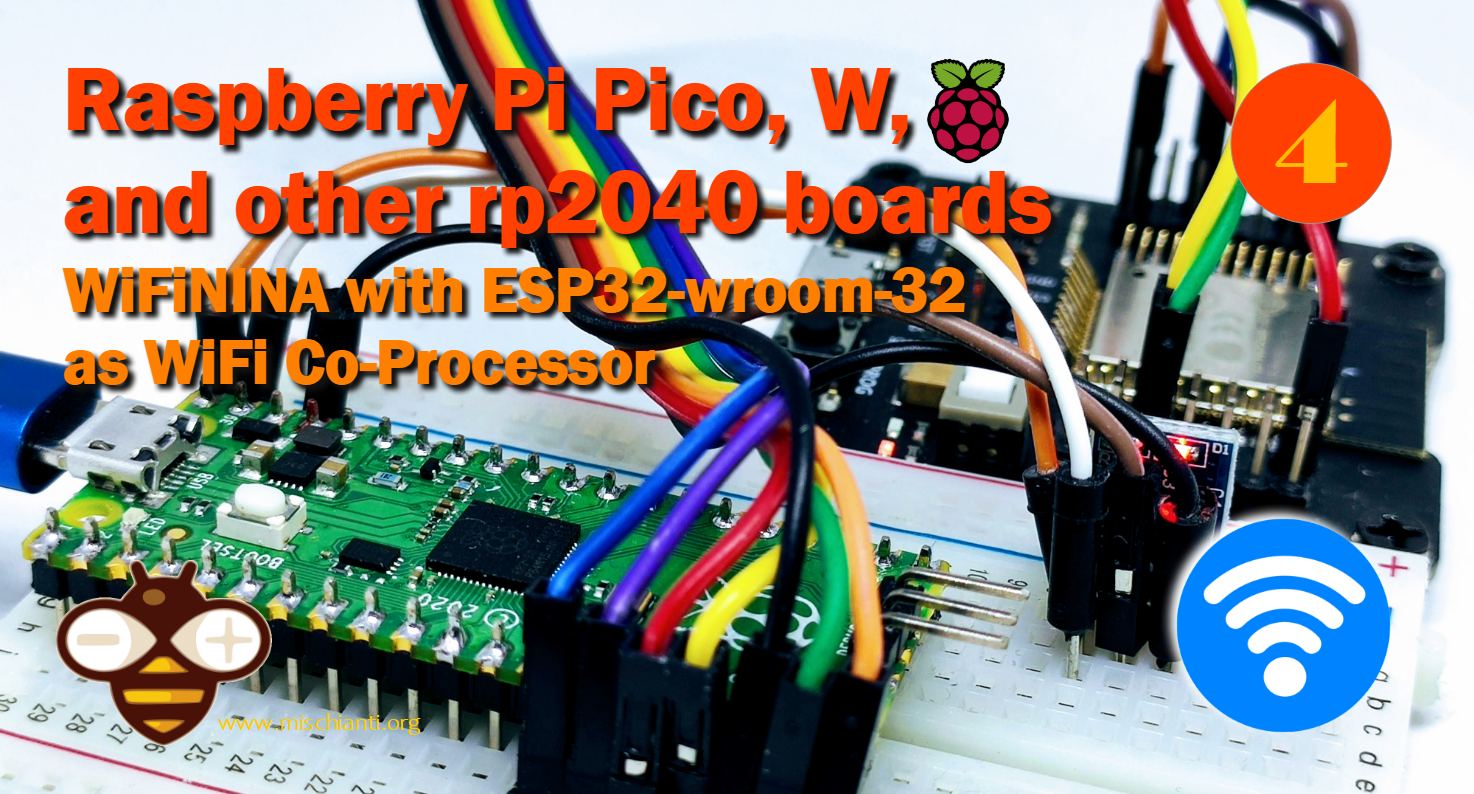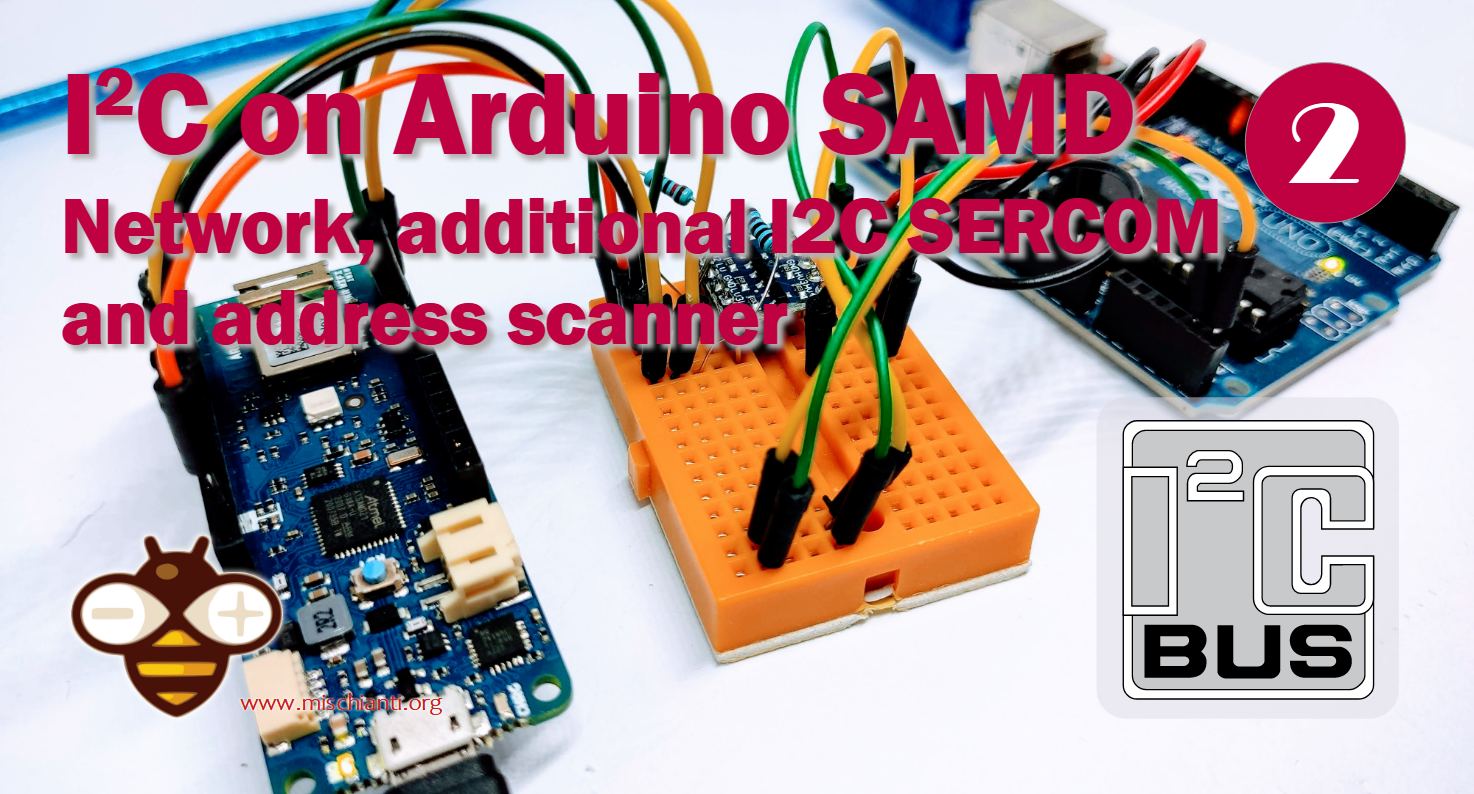ESP32 OTA update with Arduino IDE: filesystem, firmware, and password
One of the most important features of the ESP32 is the ability to perform over-the-air (OTA) updates, which allows developers to remotely update the firmware of the device without the need for physical access.
In this article, we will explore how to perform an OTA update on an ESP32 using the Arduino IDE. We will cover the entire process, including updating the filesystem and firmware, as well as securing the OTA update with a password.


